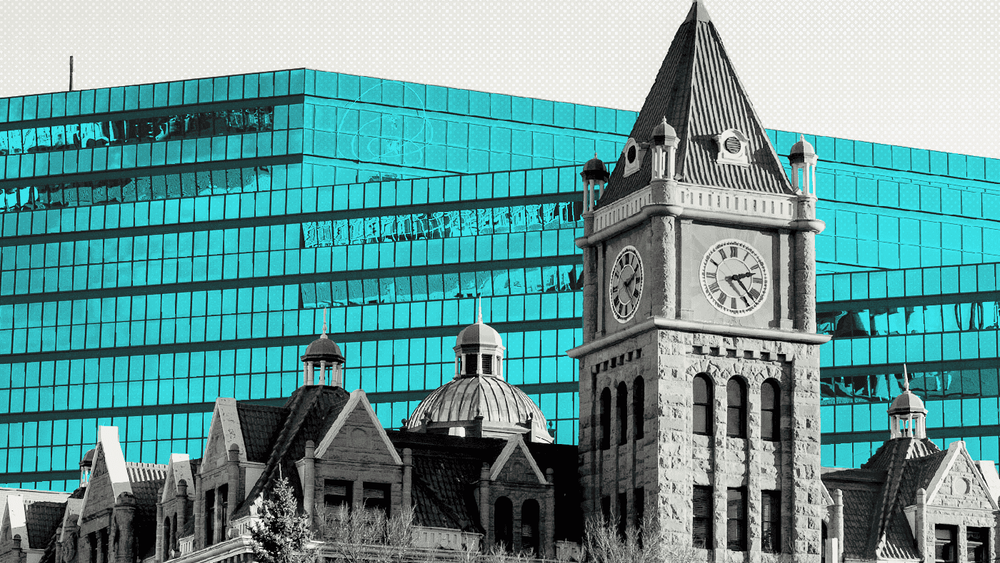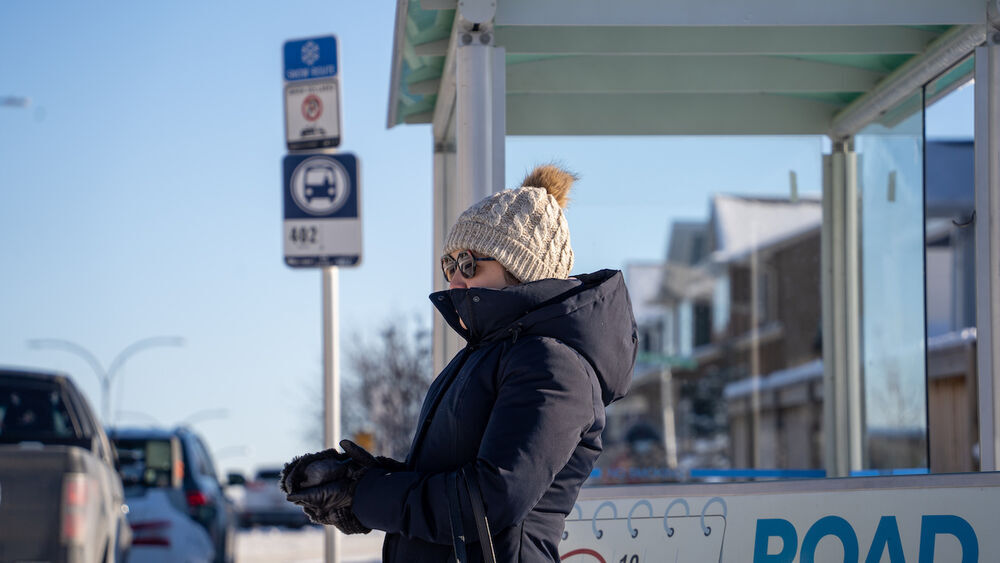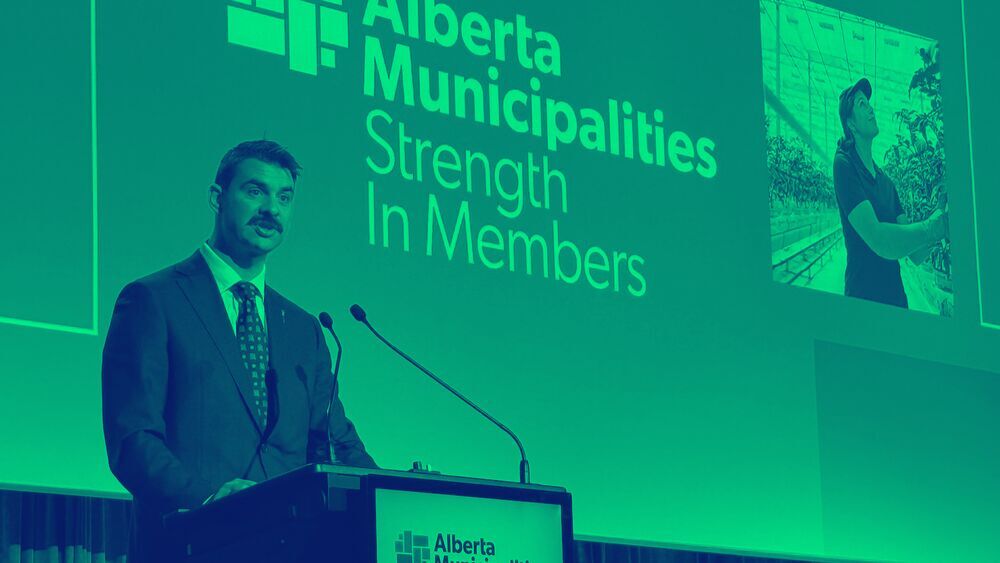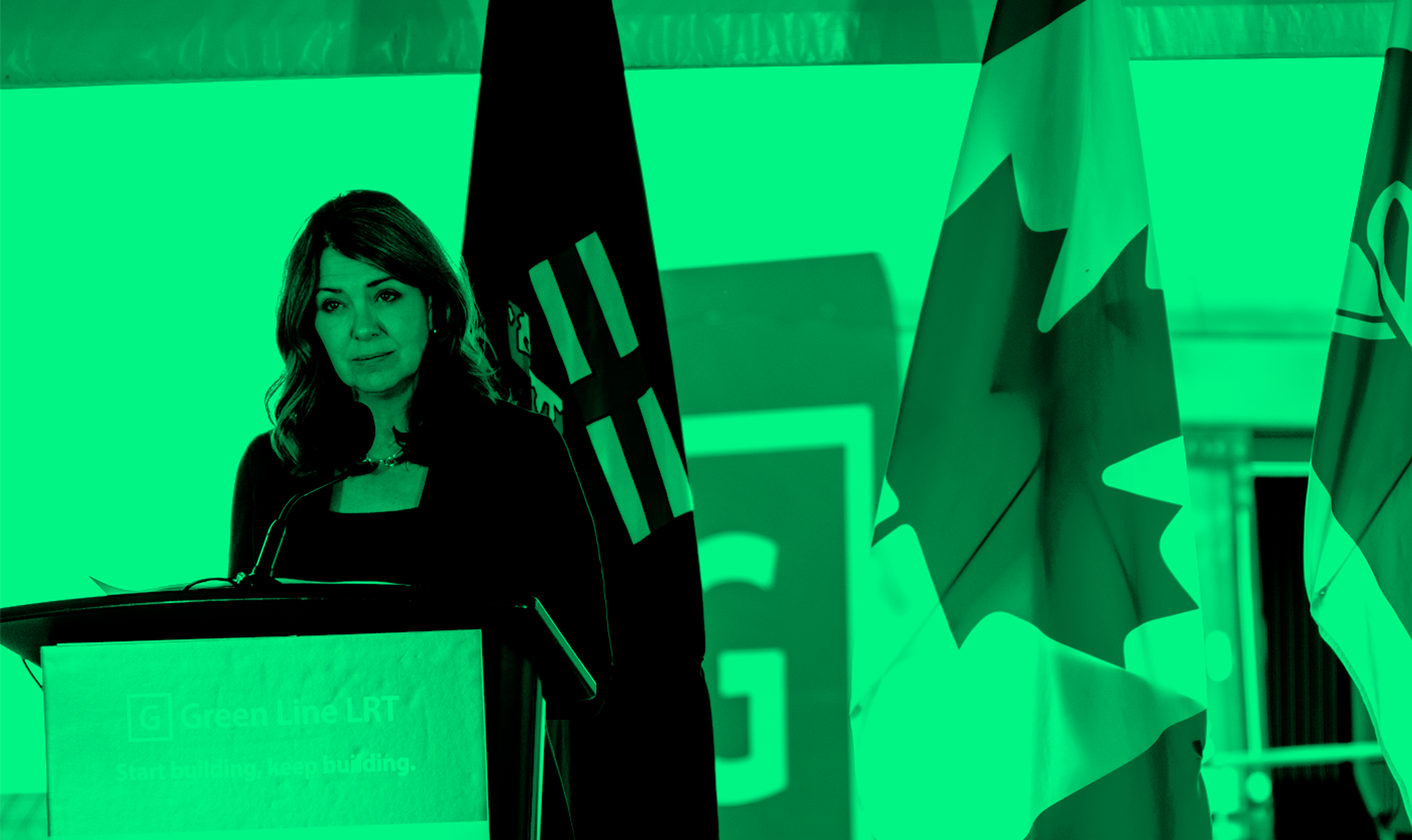
Premier Danielle Smith at a Green Line event June 26. Photo: Farkhod Fayzullaev
All aboard Danielle Smith’s version of the Green Line
Next stop — a Grand Central Station.
Support independent Calgary journalism!
Sign Me Up!The Sprawl connects Calgarians with their city through in-depth, curiosity-driven journalism. But we can't do it alone. If you value our work, support The Sprawl so we can keep digging into municipal issues in Calgary!
"A train line to nowhere."
In 2020, that's what the provincial government called Calgary city's hall's plans for the Green Line's initial segment. It was to run from Shepard in the southeast to the Elbow River by the Saddledome, where it would connect to the downtown segment. At the time, the province hit pause on the project and did a lengthy review.
Fast forward five years and construction is proceeding, with the province's blessing and funding, on almost the exact same initial segment: 16 kilometres from Shepard to the new Flames arena, at a cost of $6.25 billion split between the municipal, provincial and federal governments.
That's up from the $5.5 billion that, in 2020, was supposed to build the line from Shepard all the way through downtown and north to 16th Avenue N.
"The delays have done nothing but up the costs, and really haven't changed the plan," said former Ward 12 councillor Shane Keating, who was at a groundbreaking event for the southeast portion of the line June 26.
"I think this is almost exactly the same plan we had in 2018 and exactly the same plan we had 2020 and the costs have just increased."
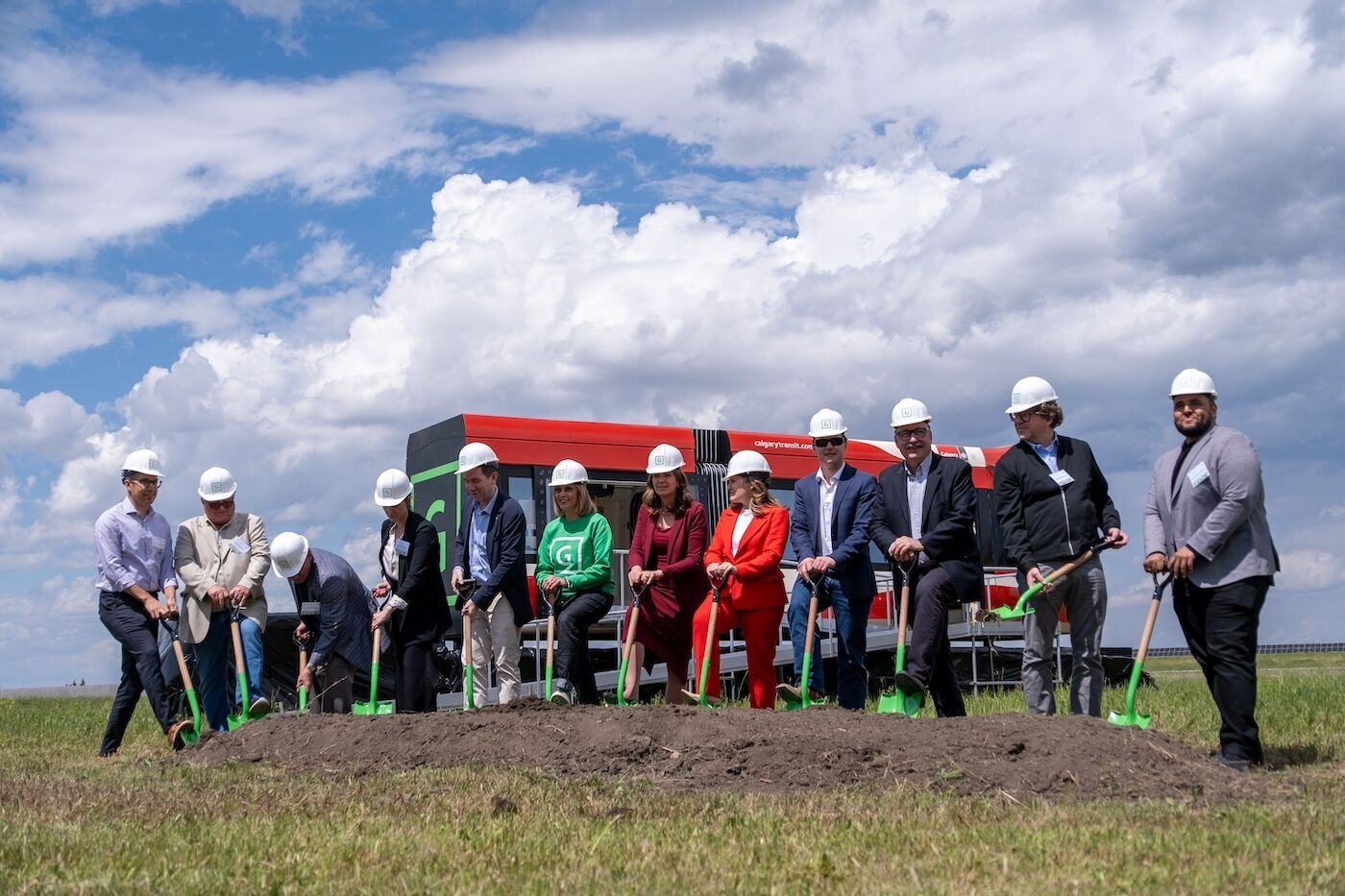
Keating is right about the southeast segment. What does differ significantly from 2020 is the north leg—phase one no longer goes north of the Bow River—and downtown.
City hall planned to tunnel under downtown. Premier Danielle Smith's version is an elevated line running down 10th Avenue before turning north on 2nd Street S.W.
Smith's is the plan that is proceeding—in the functional planning stage as we speak—after the province pulled funding last summer from city hall's plan to build a truncated 10 kilometres, including the downtown tunnel, with existing funding as costs escalate.
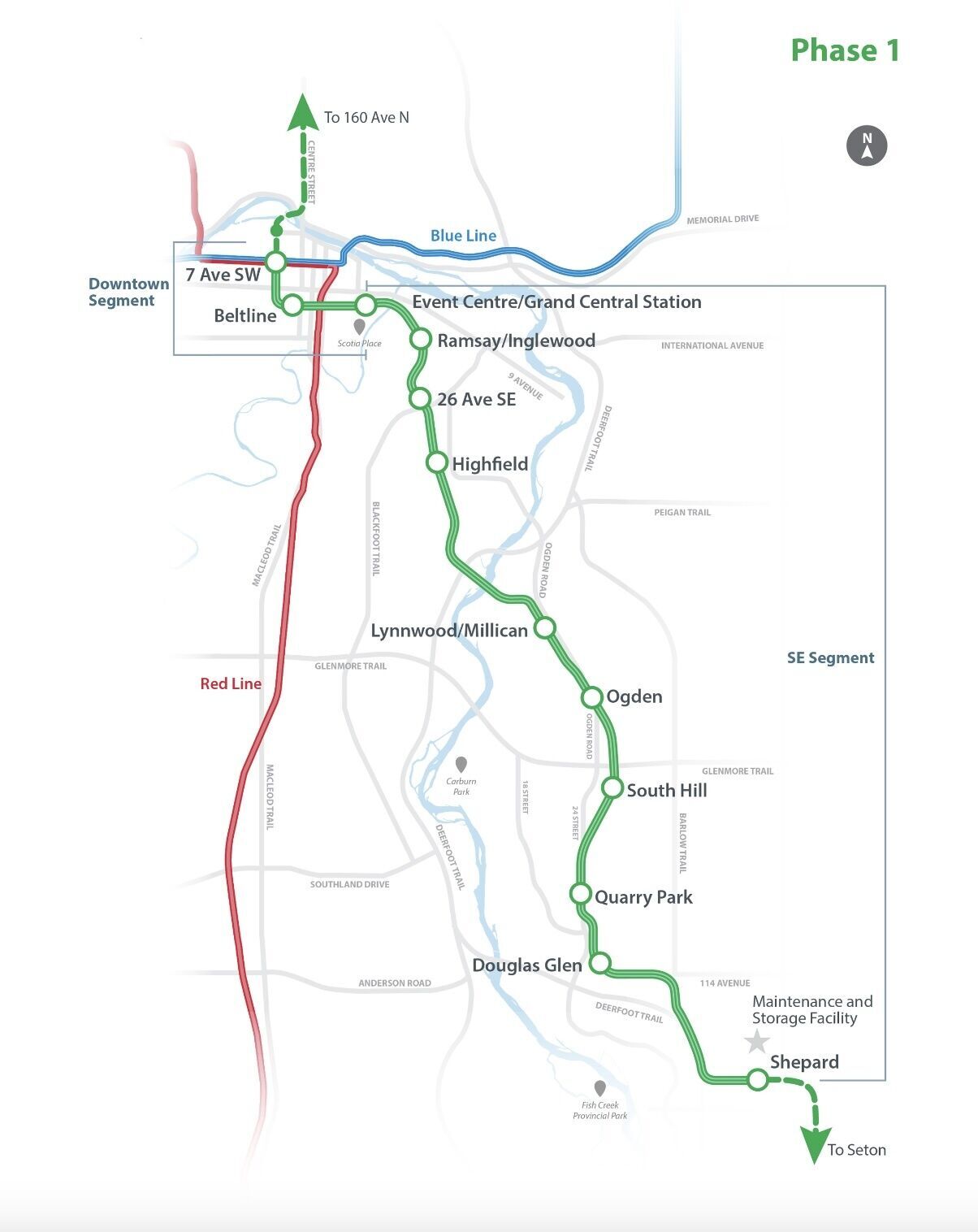
The delays have done nothing but up the costs, and really haven’t changed the plan.
The centrepiece of Smith's Green Line is a Grand Central Station north of the new Flames arena. The exact site hasn't been determined yet but the Grand Central Station is envisioned as the nexus of numerous provincial rail projects, including commuter rail to outlying municipalities—and a new line from the Calgary airport to Banff.
As I reported in a previous Sprawlcast (The Tycoons Reshaping Calgary-Area Transit), just before Smith's government pulled its Green Line funding from city hall's latest tunnel alignment last summer, the province got a revised proposal from the company pursuing the Calgary-Banff line.
Liricon has proposed building almost all of the Banff line—and operating it too—if the province builds the section from the airport to downtown. This would run along Nose Creek to the Grand Central Station. "There are other projects that potentially could be worked into that, including a commuter rail between Airdrie and Okotoks," Smith reiterated June 26.
Liricon was aiming to have an agreement in place this summer. In the meantime many questions remain, including questions about Premier Smith’s husband’s involvement in the Banff rail project.
In a recent fiery exchange in the legislature, in May, former UCP Infrastructure Minister Peter Guthrie—who was booted from caucus in April after criticizing the government's handling of the healthcare procurement scandal—grilled Premier Smith about David Moretta’s involvement on the train file.
The Tyee reported that in 2023, Moretta was at a confidential meeting about the Banff project at McDougall Centre. Both Liricon and Smith have said Moretta has no connection to Liricon.
As minister of infrastructure I was invited to attend a meeting with David Moretta about Banff rail.
In the ledge, Guthrie alleged that Moretta "lobbied this government under the guise of a rail expert." He asked why Moretta wasn’t registered as a lobbyist.
"He has never ever been registered as a lobbyist because he has never ever lobbied any government, including ours, and I would ask for the innuendo and the slander to stop," said Smith.
"As minister of infrastructure I was invited to attend a meeting with David Moretta about Banff rail," continued Guthrie, saying he "declined the request because I had concerns about the appropriateness of such a meeting."
The Sprawl reached out to both Guthrie and Moretta but did not hear back.
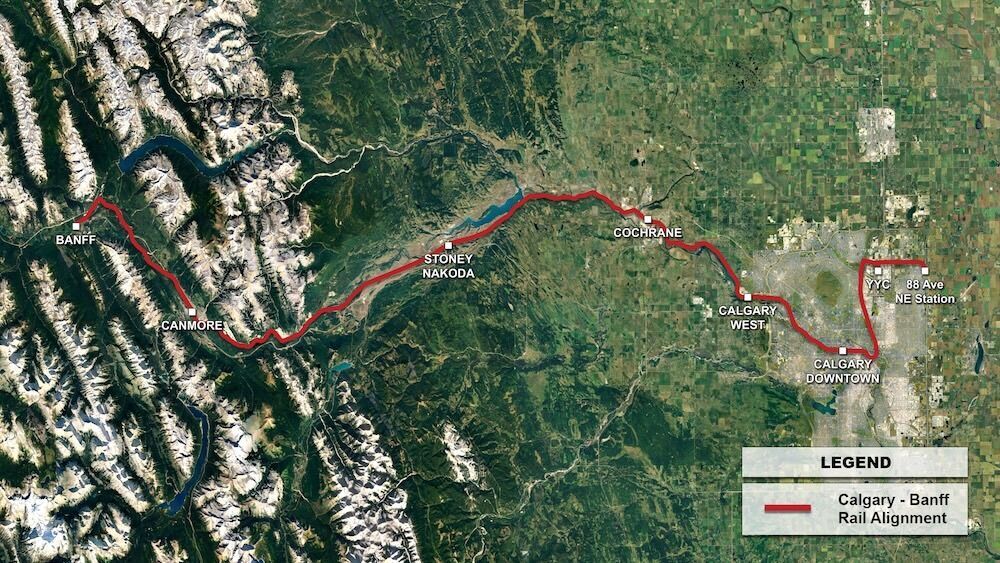
So what was Moretta doing at that 2023 meeting about Banff rail, and who else was there? I asked Premier Smith these questions at last week's Green Line photo-op.
"My husband's an advisor to me and that's allowed because he's married to me," said Smith. "So I can ask for his advice on anything I choose and he happens to have 25 years [experience] in media, much of it covering issues of rail. And so I asked for his advice as we had a multitude of different projects coming forward."
The advice of Moretta, a former Global News editor and Sun TV exec who has more recently owned a High River restaurant in a train car, has proven fruitful, Smith said.
"I'm glad I got his advice, because part of what resulted was the passenger rail survey, the feasibility study—because what we learned was that if any one of these projects went ahead without integrating, it might preclude the other ones from going ahead."
"So that's why this project ends at Grand Central Station."
My husband’s an advisor to me and that’s allowed because he’s married to me.
And what of the Green Line's north leg?
Ten years ago, in the summer of 2015, politicians first announced federal funding for the 46-kilometre Green Line in Crescent Heights, north of downtown. Behind them was Centre Street, the busiest transit corridor in the city.
"Soon, if you can imagine it," then mayor Naheed Nenshi said, "we will see state-of-the-art light rail transit emerging from downtown, crossing the river into this escarpment serving upwards of 40 million passengers a year."
Today in north-central Calgary, there is bitter disillusionment as the assurance of "soon" has, with each revision, morphed into "eventually."

"The reason that I think it's dead actually has very little to do with the Green Line politics itself, and everything to do with the province's new rail master plan, which has commuter rail going north up the Nose Creek valley, at least tentatively," said Ward 3 Councillor Jasmine Mian.
"If the province is committed to their rail master plan, I think that they will pour money into that and their focus will be on that, and not on the northern portion of the Green Line."
Mian says the Green Line is no longer a city project. “It's got the city's name on it, but every aspect of it has been dictated by the provincial government just threatening to pull their money out.”
On Thursday—with Mayor Jyoti Gondek, Premier Smith, Minister Dreeshen and federal Transport Minister Chrystia Freeland side by side—the question of cost overruns for the southeast segment came up: who pays?
"I think I speak for all of us up here when I say we're going to deliver this on time and on budget," said Gondek. "And if we get to a situation where we need to talk about overruns, we will do so as partners."
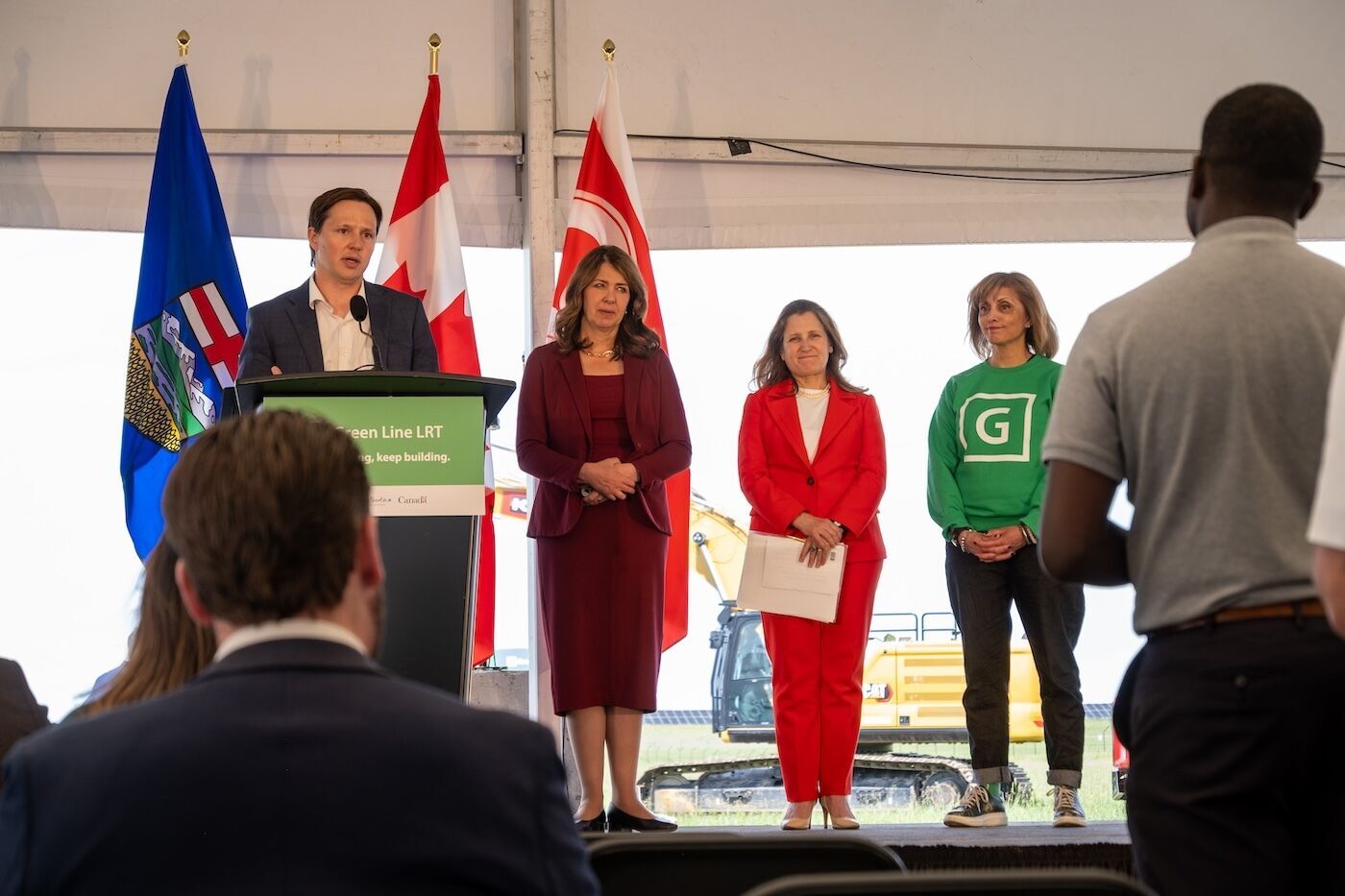
It’s got the city’s name on it, but every aspect of it has been dictated by the provincial government just threatening to pull their money out.
Ten years after the Green Line was first announced, $1.44 billion has been spent and no track has been laid. The first stretch was supposed to open in 2026. Now the goal for the southeast segment is 2031, and Dreeshen mused about the downtown segment opening in 2032.
Speed, he suggested, is crucial for megaprojects like this.
"If you don't build them as soon as you can, they'll obviously get more expensive, so the best time to start is right now," Dreeshen said.
While some city councillors attended Thursday’s photo-op for construction of the southeast segment, Mian wasn’t one of them.
“I hummed and hawed over it but in the end, I decided not to go,” she said. “It’s like attending your ex’s wedding—just doesn’t feel right.”
Jeremy Klaszus is founder and editor of The Sprawl.
Support independent Calgary journalism!
Sign Me Up!The Sprawl connects Calgarians with their city through in-depth, curiosity-driven journalism. But we can't do it alone. If you value our work, support The Sprawl so we can keep digging into municipal issues in Calgary!
